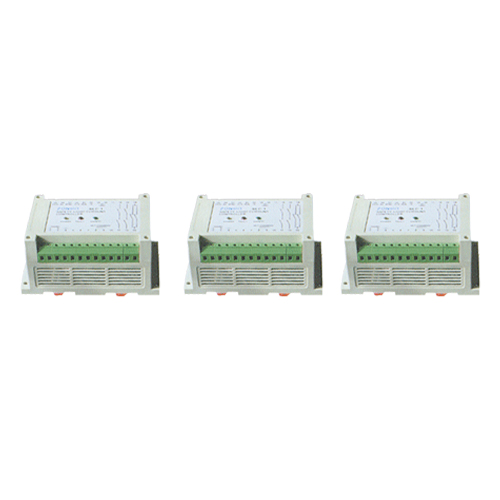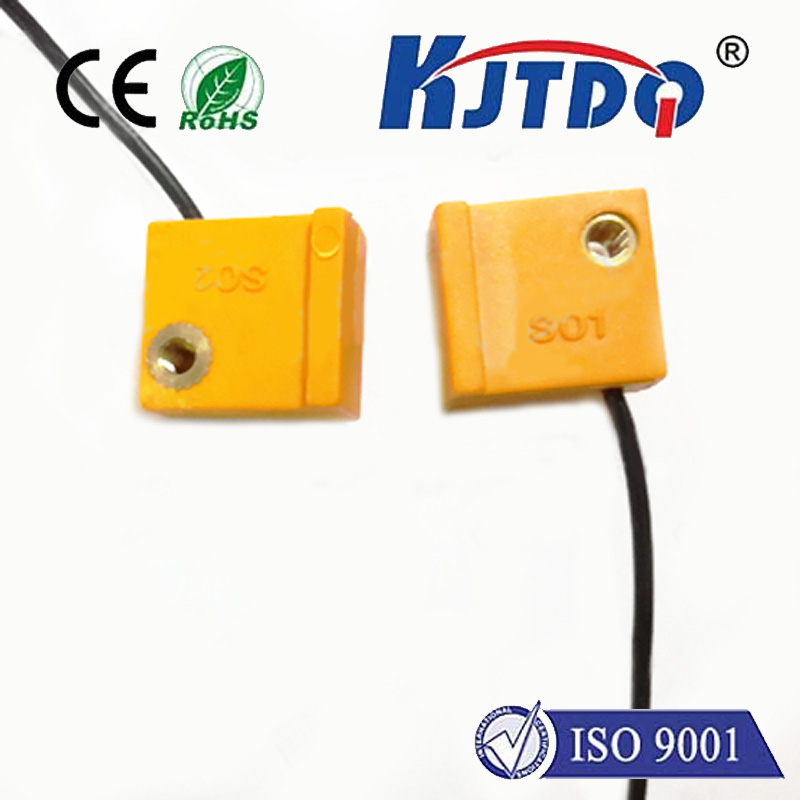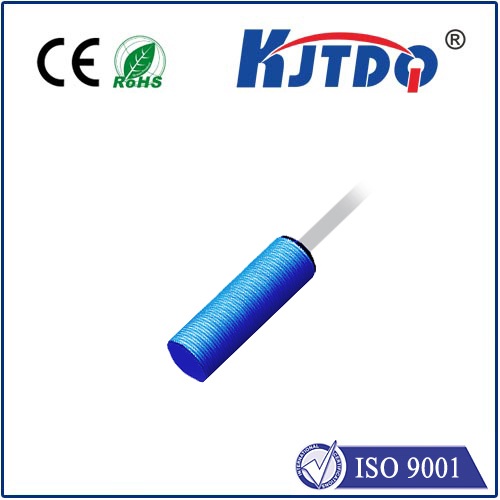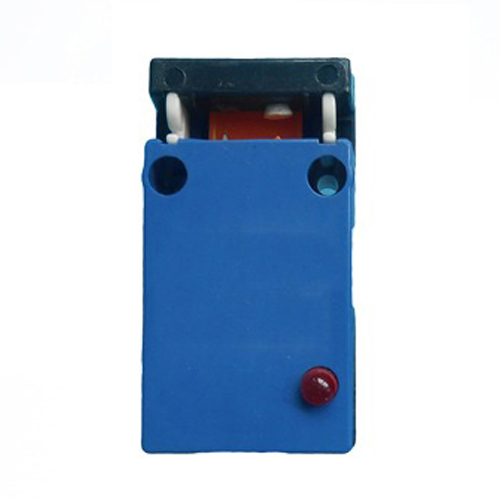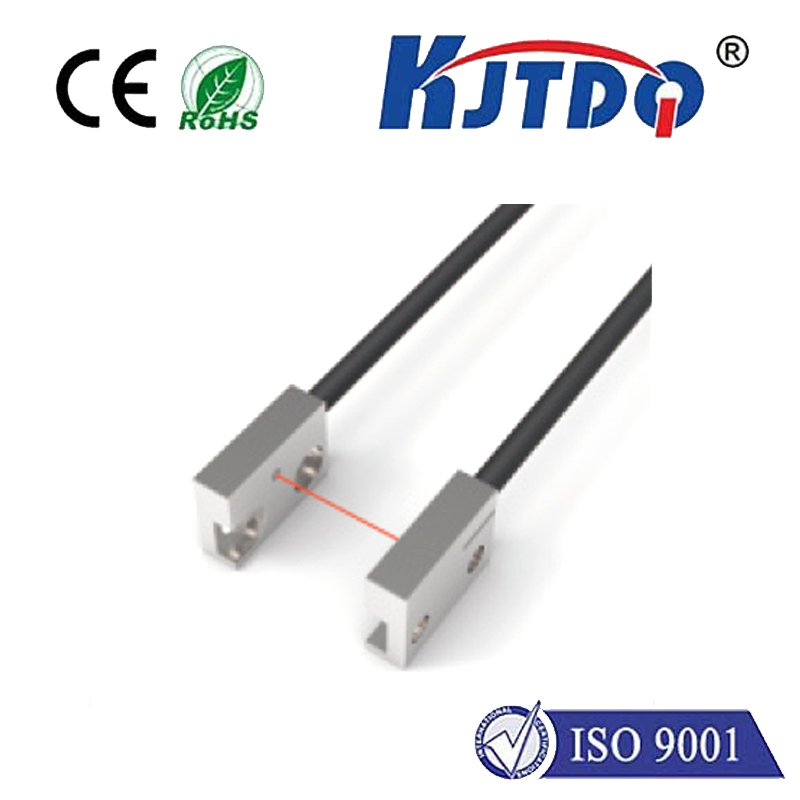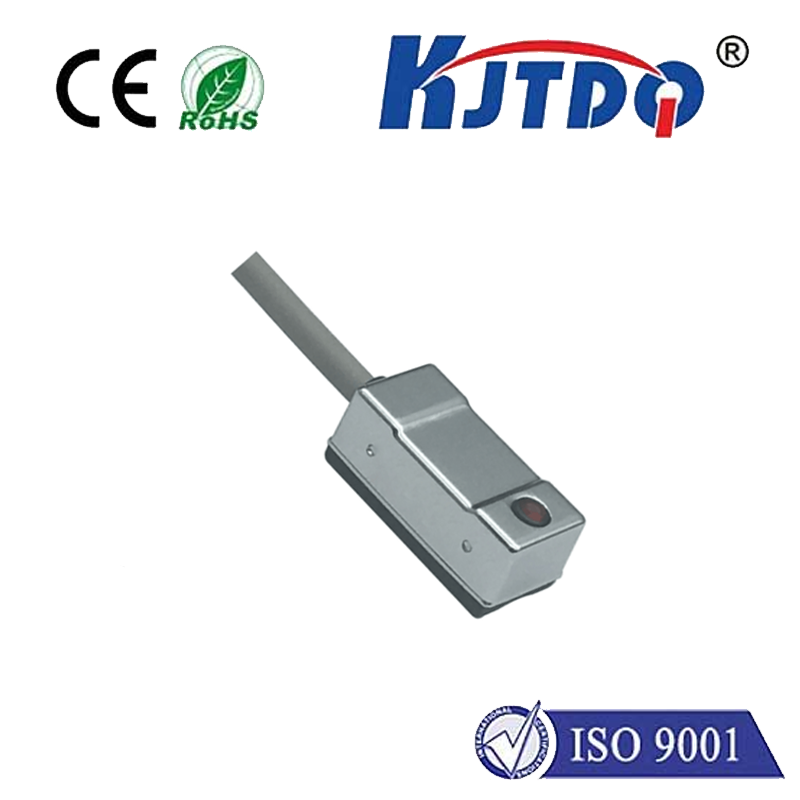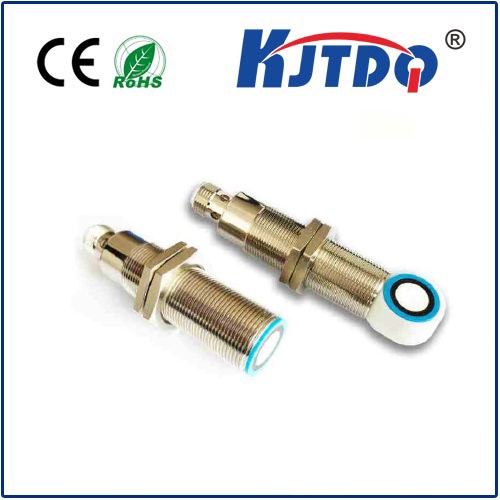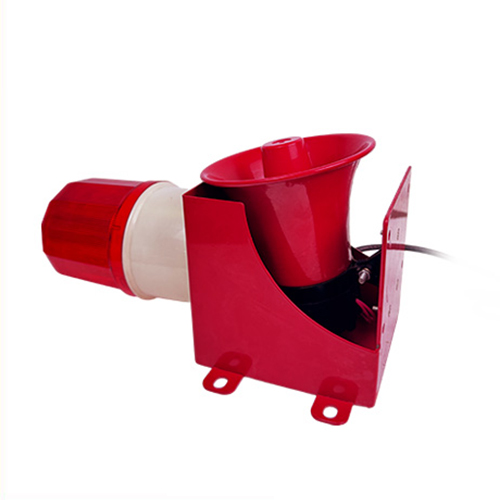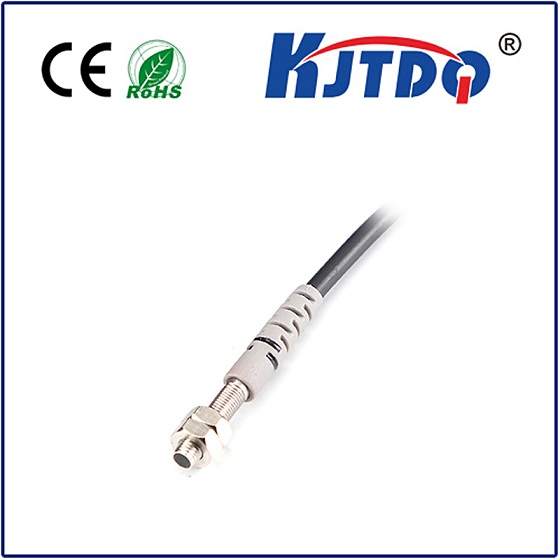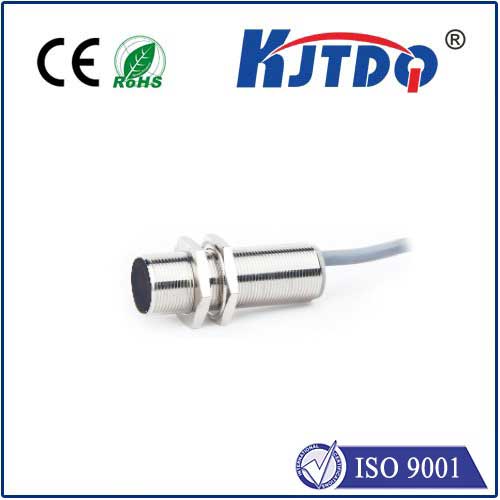inductive sensor
- time:2025-06-12 18:55:23
- Click:0
Unseen Guardians: How Inductive Sensors Revolutionize Automation
Imagine a high-speed manufacturing line, robotic arms whirring, metal components flashing past. How does the system know precisely when to weld, cut, or assemble, never missing a beat even amidst grease, dust, and vibration? Often, the silent, unsung heroes enabling this precision are inductive sensors, fundamental components in the invisible nervous system of modern automation. These remarkable devices detect metallic objects without physical contact, offering unparalleled reliability where other technologies falter.
What Makes an Inductive Sensor Tick?
At the heart of every inductive proximity sensor lies a simple yet powerful principle: electromagnetism. The core element is a coil wound around a ferrite core, connected to an oscillator circuit. When energized, this coil generates a high-frequency electromagnetic field emanating from the sensor’s active face. Crucially, this field remains invisible and unaffected by most non-metallic materials like plastic, wood, or liquids.
The magic happens when a ferrous (iron-based) or non-ferrous (like aluminum, brass, copper) metal target enters this magnetic field. The field induces tiny circulating electrical currents, called Eddy currents, within the target object. These Eddy currents consume energy, effectively loading down the oscillator circuit. Sophisticated electronics within the sensor continuously monitor the oscillator’s amplitude or frequency.
When the energy loss caused by the Eddy currents reaches a predetermined threshold – corresponding to the sensor’s specified sensing range – the sensor triggers its output signal. This output typically switches from OFF to ON (or vice-versa, depending on configuration). The target’s presence is detected instantly, reliably, and crucially, without any physical contact.

Core Strengths Defining Their Ubiquity
The operating principle bestows inductive proximity sensors with a compelling set of advantages:
- Non-Contact Operation: The fundamental benefit. No touching means no wear and tear on the sensor or the target, leading to extraordinarily long service life and minimal maintenance. Mechanical switches simply can’t compete on lifetime in demanding cycles.
- Ruggedness and Resilience: Encased in robust housing materials like nickel-plated brass, stainless steel, or specialized polymers like PBT, these sensors are built tough. They exhibit superior resistance to shock, vibration, dirt, dust, chips, oils, and coolants. High IP ratings (Ingress Protection) like IP67, IP68, and IP69K are common, signifying protection against dust immersion and high-pressure water jets – essential for washdown environments in food & beverage or chemical plants.
- High Switching Frequencies: Modern inductive sensors can detect objects passing by at incredibly high speeds – often hundreds or even thousands of times per second. This makes them ideal for high-speed production lines, counting applications on conveyors, or monitoring fast-rotating machinery parts like gear teeth.
- Immunity to Environmental Factors: Unlike optical sensors, they are largely unaffected by ambient light, fog, smoke (within reason), or target surface conditions like color, transparency, or reflectivity. They focus solely on the presence of conductive metal.
- Cost-Effectiveness: Offering high reliability and longevity for a relatively low purchase price makes them one of the most economical sensing solutions for metallic object detection.
Where the Unseen Guardians Work
The applications for proximitive inductive sensors are vast, spanning virtually every industry reliant on automation:
- Manufacturing & Assembly Lines: Detecting the presence/absence of parts on conveyors, verifying correct part orientation, confirming cylinder piston position, monitoring tool changes on CNC machines, counting products.
- Automotive Industry: Used extensively for position feedback on robots (e.g., welding, painting, assembly), detecting metal components throughout engine and chassis production, verifying wheel presence on assembly tracks.
- Material Handling: Monitoring pallet position, detecting metal containers or totes, confirming the position of lifts and elevators, end-of-travel detection on cranes.
- Food & Beverage & Pharmaceutical: Their robustness and suitability for washdown (with appropriate IP69K stainless steel housings) makes them perfect for detecting metal lids, cans, foils, or machinery components in hygienic environments.
- Packaging Machinery: Detecting metal parts of the packaging machinery itself for position control, or detecting metallic elements on packaging materials.
- Robotics: Providing crucial feedback on gripper position, arm location, and workpiece presence for precise control. Inductive proximity sensors are workhorses in robotic cells.
Selecting the Right Inductive Sensor
Choosing the optimal sensor involves evaluating several critical parameters:
- Sensing Range: The maximum distance at which the sensor can reliably detect the specified target. This varies significantly (e.g., 2mm, 5mm, 8mm, 15mm) and depends on the target material size and type (ferrous metals offer longer ranges than non-ferrous like aluminum).
- Target Material: Specify whether detecting ferrous steel, non-ferrous metals like aluminum/brass/copper, or specialized alloys. Sensor range and sometimes specific sensor types are selected based on this.
- Housing Style & Size: Cylindrical (e.g., M8, M12, M18, M30 diameters) or rectangular/block styles. Size constraints in the application are a major factor.
- Output Type: PNP (sourcing) or NPN (sinking)? Normally Open (NO) or Normally Closed (NC)? Solid-state (transistor) or relay outputs? Choose compatibility with your controller (PLC).
- Connection Type: Pre-wired cables, quick-disconnect (M8, M12 connectors), or terminal blocks?
- Environmental Demands: Crucial! Required IP rating (IP67 for general factory, IP68/IP69K for washdown), temperature range, chemical resistance. Stainless steel housings are essential for corrosive or hygienic settings.
- Flush Mount vs. Non-Flush Mount: Flush-mountable sensors can be embedded in metal without affecting operation, making them ideal for tight spaces. Non-flush offer slightly longer ranges but require surrounding non-metallic space.
Beyond the Basics: Specialized Variants
While standard inductive proximity sensors dominate, specialized types address unique challenges:
- Factor 1 Sensors: Designed to provide a consistent sensing range regardless of whether the target is ferrous or non-ferrous metal. Crucial for mixed-metal production lines.
- High-Temperature Sensors: Engineered with materials and designs capable of operating reliably in sustained high-temperature environments (e.g., near furnaces, foundries, engine test cells).
- Analog Output Sensors: Instead of a simple ON/OFF switch, these provide a continuous output signal (e.g., 4-20mA, 0-10V) proportional to the distance to the target, enabling precise position monitoring.
The Enduring Pulse of Modern Industry
From the simplest machine guarding task on a factory floor to ensuring the flawless operation of a multi-axis robotic arm in a sterile cleanroom, inductive sensors perform their duty silently and relentlessly. Their blend of **












